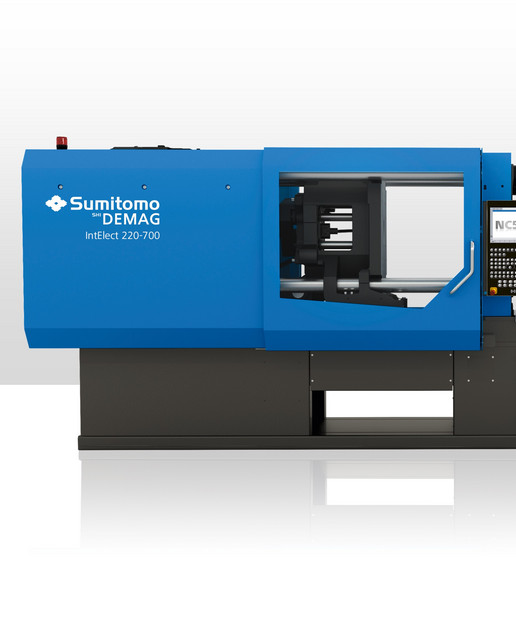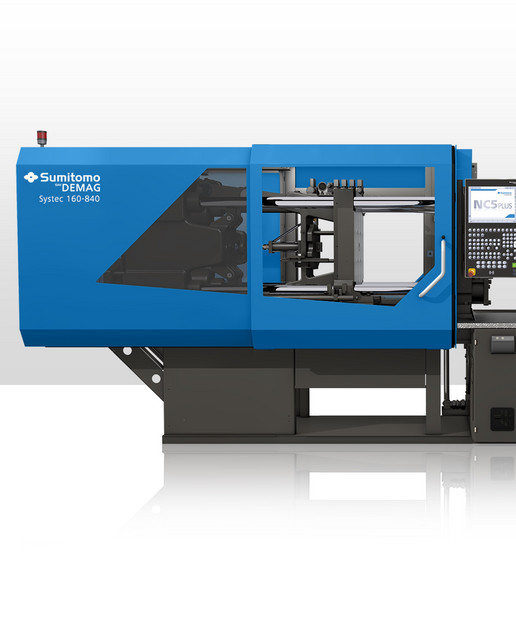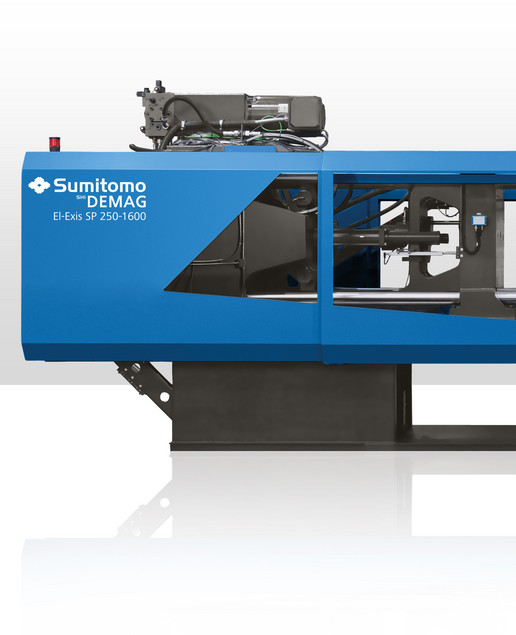Flexible process for thin-walled and technical moulding
Injection compression moulding is a thermoplastic moulding process. It involves injecting the melt into a slightly open mould with simultaneous or subsequent compression. This is performed by the closing stroke of the machine or a coining core in the mould. The results is a lower cavity pressure when processing extremely thin-walled parts. The compression process also helps to minimise internal stress on moulded parts and improves dimensional accuracy; making it perfectly suitable for packaging applications or automotive parts, such as lighting applications.
- Closing of the tool up to coining gap
- Injection of the thermoplastic melt
- Coining of the injected melt via machine closing stroke or coining core
- Cooling and demoulding
- Improved dimensional stability and moulding accuracy
- More even cavity pressure distribution over the part surface
- Lower internal stresses, which lead to improved part quality
- Reduced scrap rates due to improved part quality and consistency
- Ability to use lower-viscosity materials
- Protection of inserts and decorations during the moulding process
- Lower injection pressure requirements
- Thin-walled packaging parts
- Optical applications (e.g. lenses, diffusing lenses, headlights, displays)
- Long-fibre reinforced moulded parts (e.g. door modules, underbody protection)
- Decorated components (e.g. decorative panels, side panels, mobile phone cases)
- Components with surface structures (e.g. fresnel structures, lotus surfaces)
- Foamed components (e.g. insulation components, lightweight construction)









